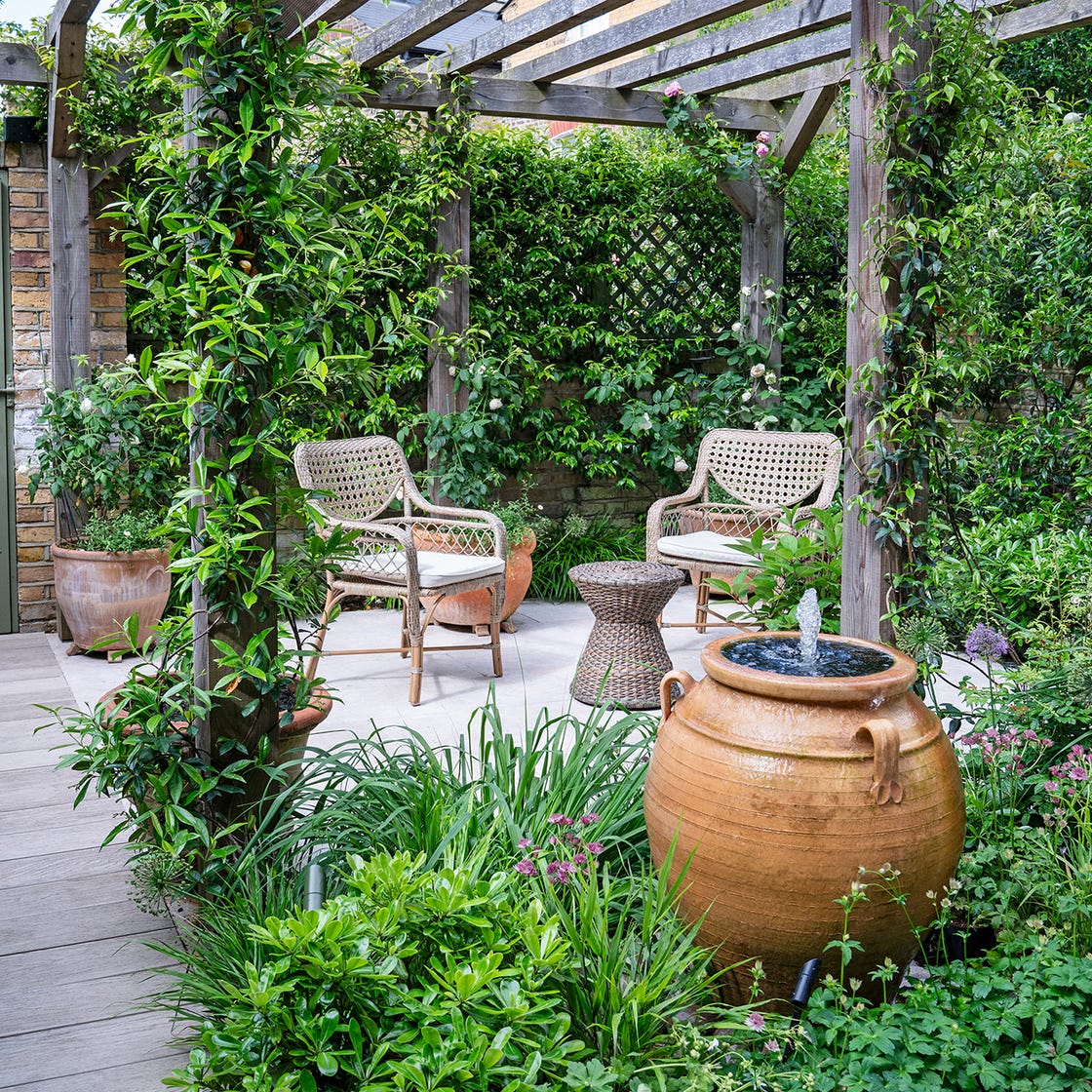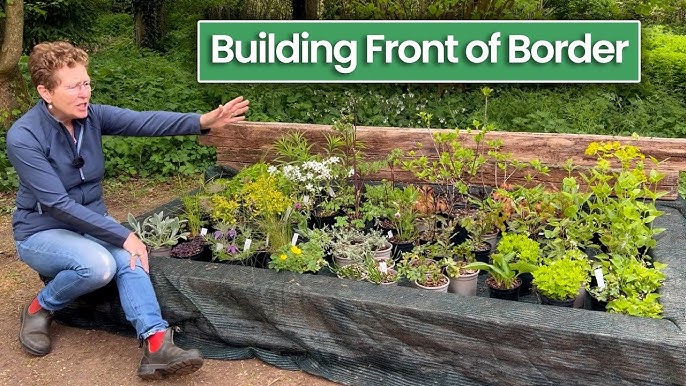Creating a garden border is a great way to add beauty to your yard. When you build a shade garden border, you work with plants that like less sunlight. This guide will help you build a lovely border in shady spots.
What Is a Shade Garden Border?
A shade garden border is a row of plants placed along a path, fence, or edge. It grows well in areas with little sun. Many homes have shady places under trees or near buildings. These spots can look dull without plants. A shade border brightens these areas.
Why Build a Shade Garden Border?
- Improves your yard’s look. A green border adds color and life.
- Creates a calm space. Shade and plants make a peaceful spot.
- Uses space well. Shady areas are often empty. You can make them useful.
- Protects soil. Plants stop soil from washing away.
Step 1: Choose the Right Location
First, find the shady area for your border. Look for places with little sun. Trees, fences, or buildings can block light. Check how much sunlight the spot gets. Most shade plants need 2 to 4 hours of light a day or less.

Credit: www.elledecor.com
Step 2: Measure Your Space
Next, measure the length and width of your border space. Use a tape measure or ruler. Write down the size. This helps you buy the right number of plants.
Step 3: Pick Shade-Loving Plants
Plants that grow well in shade are different from sun-loving plants. Here are some good choices:
| Plant Name | Description | Height | Color |
|---|---|---|---|
| Hosta | Large leaves, green or blue shade | 1 to 3 feet | Green, blue, white edges |
| Ferns | Feathery leaves, soft look | 1 to 2 feet | Green |
| Astilbe | Feathery flowers on tall stems | 1 to 3 feet | Pink, white, red |
| Bleeding Heart | Heart-shaped pink flowers | 2 to 3 feet | Pink, white |
| Lungwort | Spotted leaves, small flowers | 1 foot | Blue, pink, white |
Choose plants that fit your space and color ideas.
Step 4: Prepare the Soil
Good soil helps plants grow strong. Shade areas may have dry or poor soil. Follow these steps:
- Clear the area of weeds and rocks.
- Loosen the soil with a shovel or fork.
- Add compost or organic matter to the soil.
- Mix well to make soil soft and rich.
- Water the soil lightly before planting.
Step 5: Plan Your Plant Layout
Now, think about how to place plants. Some tips:
- Taller plants go in the back or center.
- Shorter plants stay in front.
- Mix different leaf shapes and colors.
- Leave space between plants to grow.
You can draw a simple map on paper. Mark where each plant will go.
Step 6: Planting Your Shade Garden Border
Follow these steps to plant:
- Dig holes twice as wide as the plant’s root ball.
- Place the plant in the hole at the same soil level.
- Fill soil around the roots and press gently.
- Water the plant well after planting.
- Repeat for each plant in your layout.

Credit: www.youtube.com
Step 7: Mulch Your Garden Border
Mulch is a layer of material on soil. It helps keep moisture and stops weeds. Use bark chips, leaves, or straw. Spread mulch about 2 inches thick around plants. Keep mulch a little away from plant stems.
Step 8: Care for Your Shade Garden Border
Plants need some care to stay healthy. Here are easy tips:
- Water regularly, but don’t flood the soil.
- Check for weeds and remove them often.
- Fertilize in spring with a slow-release fertilizer.
- Remove dead leaves and flowers.
- Watch for pests like slugs or snails.
Extra Tips for Success
Building a shade garden border takes time. Here are more ways to help your garden grow well:
- Choose native plants if possible. They need less care.
- Mix evergreen and flowering plants for year-round interest.
- Use garden edging to keep soil and mulch neat.
- Plant in groups of three or five for a natural look.
- Be patient. Shade plants grow slowly but steady.
Common Shade Garden Plants to Avoid
Some plants do not grow well in shade. Avoid these:
- Sunflowers
- Tomatoes
- Lavender
- Roses (most types)
- Vegetables that need full sun
Benefits of a Shade Garden Border
Shade gardens can bring many benefits:
- Helps cool your home in summer.
- Provides homes for birds and insects.
- Improves air quality.
- Creates a quiet and relaxing space.
- Increases your home’s value.
Frequently Asked Questions
What Plants Are Best For A Shade Garden Border?
Hostas, ferns, and astilbes thrive in shade. They add texture and color.
How Do I Prepare Soil For A Shade Garden?
Loosen the soil. Add compost for nutrients. Ensure good drainage.
Can I Use Mulch In A Shade Garden?
Yes, mulch retains moisture and suppresses weeds. It’s beneficial.
How Often Should I Water My Shade Garden Border?
Water weekly. Ensure soil is moist, not soggy. Check regularly.
Conclusion
Building a shade garden border is simple and rewarding. With the right plants and care, your shady space can shine. Follow these steps to plan, plant, and care for your garden. You will enjoy a beautiful border full of green leaves and soft colors. Start today and watch your shade garden grow!
5 min read

